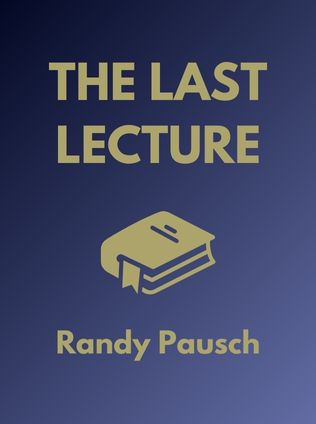
Unplugged
How Organizations Lose their Energy and How to Get It Back
By Steve Buchholz, Tom Roth
Published 03/2019
About the Authors
Steve Buchholz is a recognized leader in the field of change management. He works with various companies focusing on leadership capacity, high performance teaming, mobilizing organizational energy, talent retention, engagement, and developing strategic alignment. Tom Roth is the Chief Operating Officer for Wilson Learning Worldwide and President of Wilson Learning Worldwide Japan. He assists global executive leadership teams with issues related to employee engagement, leadership development, strategy alignment, and business transformation.
Main Idea
Unplugged: How Organizations Lose Their Energy and How to Get It Back by Steve Buchholz and Tom Roth explores the concept of employee engagement and how it is affected by organizational changes. The book provides insights into why employees become disengaged and offers strategies for leaders to reengage their teams by focusing on five key elements: perceived opportunity, personal accountability, connectedness, inclusion, and validation.
Table of Contents
- Introduction
- Disengagement: What Causes an Organization to Become Unplugged?
- The Role of Perceived Loss
- Loss Comes in Code
- Repetitive Change Leads to Change Fatigue
- Energy Choices
- Quick Disengagement vs. Slow Reengagement
- Getting the Energy Back: Reengaging the Organization
- Leadership’s Example
- Essence-Based Leadership
- Perceived Opportunity
- Personal Accountability
- Connectedness
- Inclusion
- Validation
Disengagement: What Causes an Organization to Become Unplugged?
Employee disengagement occurs when they lose their connection to the organization's purpose, direction, and values. Various factors contribute to this disengagement, including perceived loss, repetitive change leading to fatigue, and poor leadership. When employees perceive change as a loss, they may experience disorientation, discontent, disidentification, and disengagement, leading to a decrease in discretionary energy.
"If employees perceive change as primarily a gain, many of the engagement-related issues do not occur." - Steve Buchholz and Tom Roth
The Role of Perceived Loss: Employees who view organizational changes as losses are likely to disengage. This perception can lead to various reactions, such as confusion, frustration, and a focus on the past rather than the future.
When changes are introduced in an organization, the way employees perceive these changes plays a crucial role in determining their level of engagement. If changes are seen as beneficial, employees are likely to remain engaged and motivated. However, if changes are perceived as losses, whether in terms of job security, status, or personal comfort, employees may become disengaged. Understanding this dynamic is key for leaders aiming to maintain or restore engagement during transitions.
Loss Comes in Code: Loss manifests in four patterns: disorientation, discontent, disidentification, and disengagement. Disengagement is the most detrimental as it leads to a significant reduction in energy and productivity.
Sign up for FREE and get access to 1,400+ books summaries.
You May Also Like
The Subtle Art of Not Giving a F*ck
A Counterintuitive Approach to Living a Good Life
By Mark MansonThe Lean Startup
How Today's Entrepreneurs Use Continuous Innovation to Create Radically Successful Businesses
By Eric RiesWho Moved My Cheese?
An Amazing Way to Deal with Change in Your Work and in Your Life
By Spencer Johnson, M.D.You Are A Badass
How to Stop Doubting Your Greatness and Start Living an Awesome Life
By Jen SinceroDaring Greatly
How the Courage to Be Vulnerable Transforms the Way We Live, Love, Parent, and Lead
By Brené Brown



















